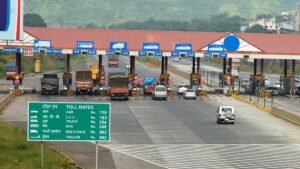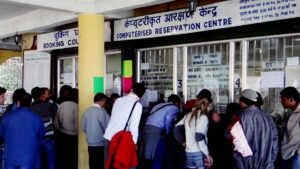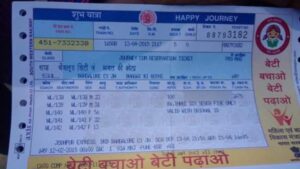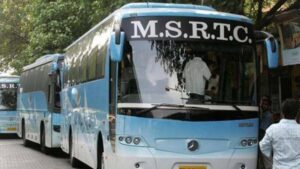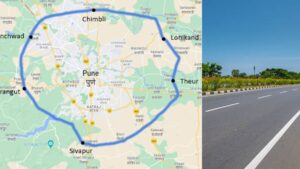Why our highways are always choked? Understanding causes and potential remedies
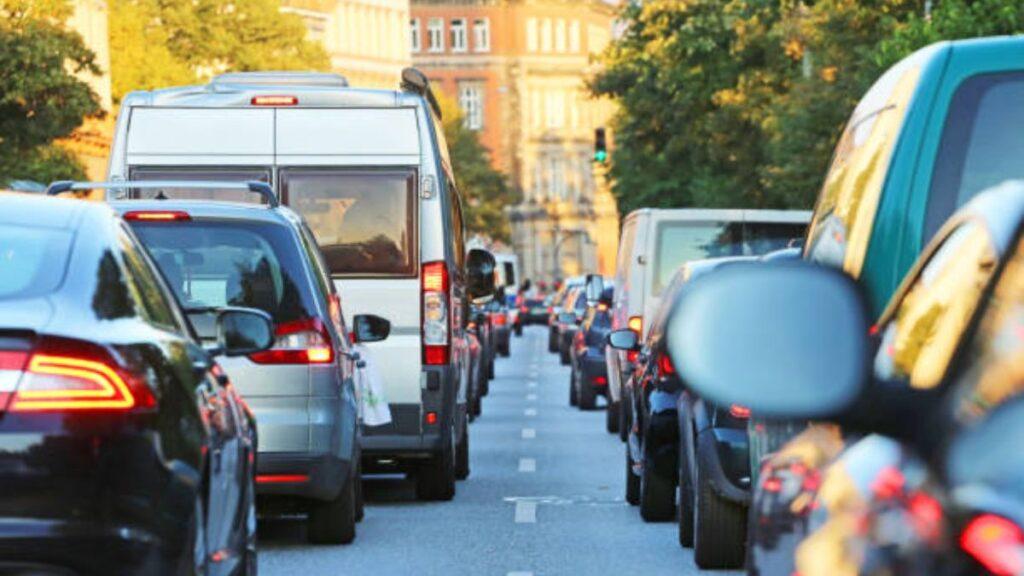
Driving on Indian highways, whether they are expressways or regular routes, without facing congestion or disruptions is an uncommon experience. Despite significant improvements in the expansion, connectivity, and overall quality of these highways, bringing them closer to international standards in both scope and substance, the safety standards are still disappointingly poor, and the average driving speed remains frustratingly slow. This article aims to delve into the various issues plaguing our highways, explore their underlying causes, and propose potential solutions to enhance the overall driving experience.
Factors Leading to Highway Congestion
Foremost, it is vital to understand the factors leading to highway congestion in our country. Some of most prominent ones are discussed as below:
Truck Dominance: Indian highways have long been a domain where truck drivers assert their dominance, often using intimidation and sheer force. This manifests in their habit of occupying all available lanes, regardless of whether it’s an expressway or a regular highway. Such behavior shows a blatant disregard for other motorists, as trucks frequently drive side by side, spanning multiple lanes for extended distances, creating a backlog of passenger vehicles. When challenged, these drivers are often quick to react aggressively, even with minimal provocation.
The Cascade Effect: The obstruction caused by trucks taking over all lanes leads to growing impatience among the drivers trapped behind. This frustration often results in reckless lane switching and erratic driving behaviors as they desperately attempt to navigate through the seemingly unbreakable barrier of trucks ahead. This situation spirals into chaos, engulfing even the most patient and disciplined drivers in the turmoil.
Truck Maintenance Issues: A majority of trucks on these highways lack basic features like functional tail lights. While adorning vehicles with slogans is common, the maintenance of essential components like tail lights is often neglected. These trucks rarely undergo routine checks and are frequently repaired with low-quality spare parts or temporary solutions. Consequently, they are prone to frequent breakdowns, causing hours-long blockages on the highways.
Overloading of Trucks: It’s a common practice to load trucks beyond double their recommended capacity. This overloading not only risks loss of control but also means these heavily burdened trucks move at a snail’s pace, significantly contributing to highway congestion.
Inexperienced and Underpaid Drivers: Truck driving, due to its low wages and harsh working conditions, is rarely a first-choice profession. Many drivers are pushed into it, with the primary requirement being a driving license, the authenticity of which is often dubious. The combination of inadequate pay, strenuous conditions, and unrealistic expectations leads to frustration and demotivation among drivers, adversely affecting their driving behavior.
Contributory Negligence by Other Drivers: While truck drivers and their employers bear a significant responsibility for the chaos on highways, other vehicle drivers contribute to the hazard as well. Reckless lane changes, irresponsible driving, showing off vehicles, drunk driving, and unauthorized stops on highways for photography or breaks further exacerbate the already chaotic situation on Indian highways.
Highway Congestion – The Underlying Causes
The issues plaguing Indian highways are multifaceted and have been resistant to resolution. Let’s delve into these causes in more detail.
Compromising Safety for Cost Reduction
Focusing on the issues caused by trucks, whether it’s hogging all highway lanes, poor maintenance and overloading of trucks, or the unruly behavior of truck drivers, it’s apparent that transport operators frequently skirt regulations to minimize expenses. This trend of cutting corners to reduce costs is driven by the intense pressure to maintain low prices within the entire supply chain. In a market as price-sensitive as India’s, stakeholders strive to add minimal costs, often sacrificing safety in the process. This isn’t a unique issue and parallels can be drawn with the lack of investment in fire safety in urban buildings.
Absence of Political Initiative
In urban areas where trucks are subject to checks by Regional Transport Office (RTO) officials, or on highways where they travel, there’s a noticeable lack of effort from authorities to control these problematic vehicles. The government’s apparent indifference to the havoc caused by these trucks could stem from two factors. Officially, it might be related to the significant revenue the trucking industry contributes to the economy. Unofficially, there’s the possibility of corruption, with truck operators potentially bribing officials to avoid regulation. In contrast, passenger vehicles don’t provide these financial incentives, leading to their neglect.
Culture of Undisciplined Driving
Addressing the issue of reckless driving by passenger vehicle drivers, several factors contribute to this problem. The desire to flaunt one’s vehicle, lack of monitoring on highways, and the ease of obtaining a driving license in India are significant contributors. Moreover, the penalties for violating driving norms are so nominal that offenders often escape with minor consequences. The likelihood of being apprehended for improper driving is low, given the almost non-existent surveillance on highways, making the issue more pervasive.
Potential Remedies to Alleviate Highway Congestion
Solving the issue of hazardous and congested highways in our country is a complex task that necessitates the involvement of multiple stakeholders, including the government, the public, transport operators, and a shift in driving culture.
Role of the Government
A critical step lies with the government. Constructing world-class highways is insufficient without regulating their users. Truck fitness certifications must be more rigorous, with effective implementation and reduction of corruption. Ensuring that vehicles meet the standards set in their fitness certification is crucial. Visible enforcement on highways through regular patrols checking vehicle fitness is also essential.
The licensing process for truck drivers needs a comprehensive overhaul, including behavioral assessments, skill evaluations, and extended training periods. These licenses should mandate annual re-evaluations to ensure drivers remain competent and healthy. Limiting and enforcing truck drivers’ working hours is equally vital, akin to regulations for pilots, given the high-risk nature of their job. Improving working conditions, like mandating AC cabins and providing adequate rest facilities, is necessary. These enhancements should be factored into the transport costs, acknowledging that while this may increase prices slightly, it’s a small price for safer highways.
Dedicated Lanes for Trucks
Implementing dedicated truck lanes is another crucial measure. This separation acknowledges the distinct purposes and capabilities of trucks and passenger vehicles. Trucks, designed for heavy loads, and passenger vehicles, built for speed and comfort, should not share the same space to maintain safety and efficiency.
Regulating Passenger Vehicle Drivers
Tightening the driving license process is imperative. The criteria for obtaining a license should be stringent, with higher standards of evaluation. With advancements in AI and monitoring technologies, it’s now feasible to closely monitor driving behaviors. Offenses like lane cutting, drunk driving, mobile phone usage while driving, and unauthorized stopping should be strictly penalized and recorded in the driver’s history. Repeat offenders should face driving prohibitions.
Collaborative Effort
The government alone cannot rectify highway issues. All parties must unite to foster a superior highway culture. This change begins at home and in schools, teaching new generations the importance of responsible highway use. Everyone’s vigilance and cooperation are key in transforming road transportation into a safer, more enjoyable mode of travel. This collective effort is not just a responsibility but a necessity for a safer future on our highways.
Conclusion: Steering Towards Safer Highways
In addressing the multifaceted challenges of Indian highways, the solution lies in a collaborative effort encompassing the government, transport operators, drivers, and the public. The government’s role is crucial in enforcing rigorous vehicle fitness standards and driver training, while transport operators need to prioritize safety over cost-cutting. For truck drivers, improved working conditions and stringent regulations are key to ensuring their well-being and the safety of others on the road. Additionally, enhancing the driving culture among passenger vehicle drivers through better education, stricter licensing processes, and vigilant monitoring is imperative. The implementation of dedicated lanes for different types of vehicles also plays a significant role in maintaining order and safety on these roads.
The journey to safer highways is a collective responsibility, involving a sustained effort from all stakeholders. It’s a path that not only leads to more efficient and comfortable travel but also reflects a nation’s commitment to life, safety, and progress. Building a culture of responsible and safe highway usage begins at home and in educational institutions, shaping the mindset of future generations. As we embrace these changes, we move closer to realizing the vision of a network of safe, efficient, and well-managed highways, underscoring our national narrative of valuing life and facilitating sustainable development.
